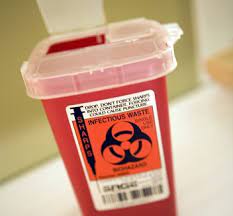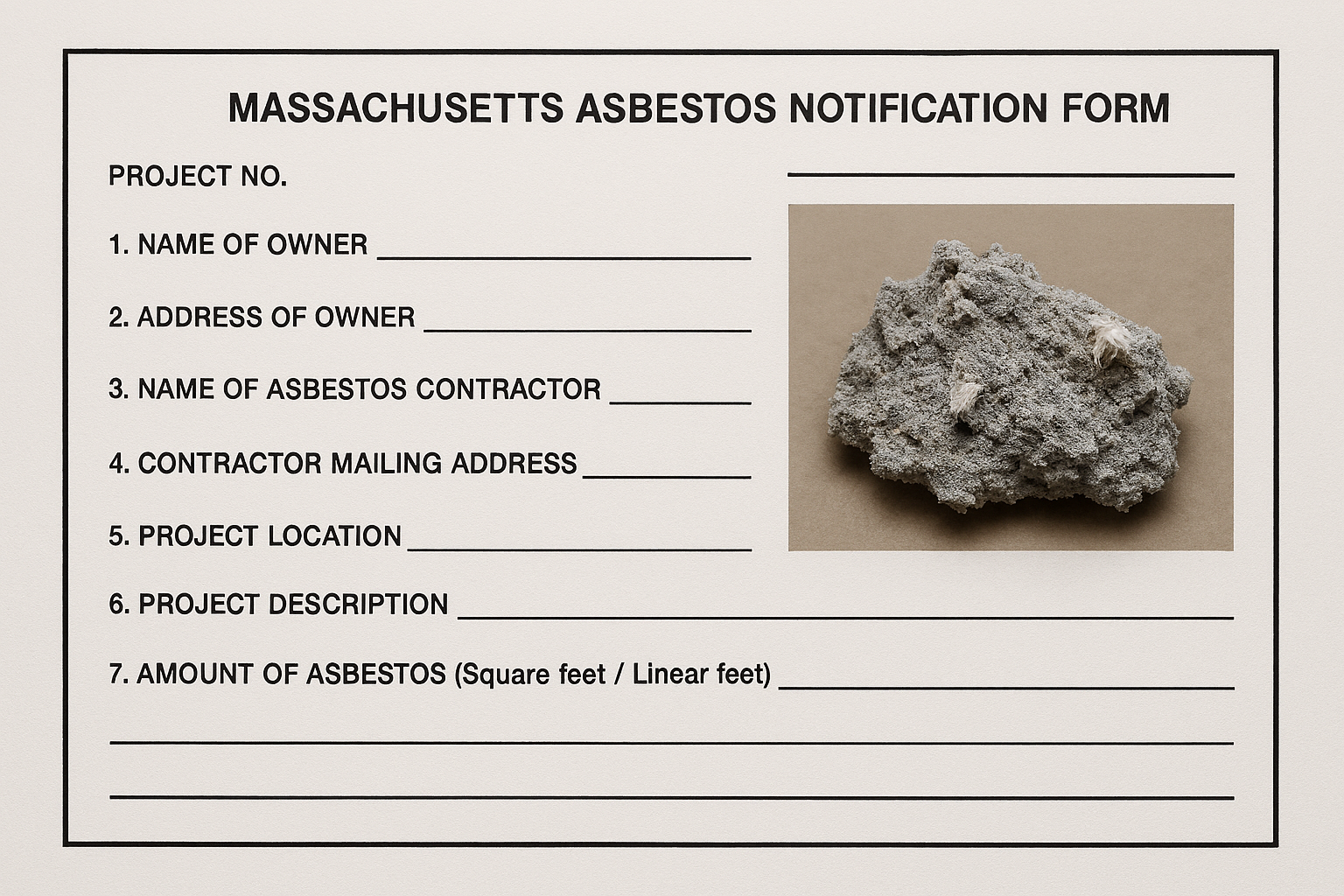These pathogens cause severe or even life threatening illnesses. In the case of AIDS, the disease caused by HIV, the disease is incurable. Note: at the time of this writing, the virus that causes Covid-19 is not considered a bloodborne pathogen.
If you are exposed to another person’s blood – and that blood contains BBPs - you are at risk of acquiring those BBPs and becoming sick with the illness that the BBPs cause. The same principle applies to exposures to another person’s body fluids, since BBPs may also be present in an infected person’s body fluids, tissues, organs, and cells.
OSHA defines these media as “other potentially infectious materials” or OPIM. Cerebrospinal fluid, semen and vaginal fluid, saliva produced during dental procedures, and unfixed (unprocessed) tissues or organs are considered OPIMs along with other body fluids and human cells.
OSHA’s Bloodborne Pathogen Standard applies to “all occupational exposure to blood or other potentially infectious materials.” OSHA then goes on to define occupational exposures as “reasonably anticipated skin, eye, mucous membrane, or parenteral contact with blood or OPIM that
may result from the performance of an employee's duties.”
In other words, this Standard applies to workers having job duties that include potential exposure to other people’s blood or body fluids. This includes:
- Healthcare & dental personnel
- Medical laboratory workers
- First responders (ambulance, police, and fire personnel as well as 1st Aid teams)
- Body piercing and tattoo workers
- Funeral home workers (embalmers)
In each case, these workers have job duties that include duties that may expose them to BBPs.
Conversely, the Bloodborne Pathogen Standard does not apply to workers whose job duties do not include “reasonably anticipated” exposures to BBPs. For example, this standard does not usually apply to workers who experience minor cuts, abrasions, nosebleeds, etc. In many of these cases, the affected workers are able to treat and clean up after themselves.
The BBP Standard does not apply to the most janitorial workers, since trash that may contain blood or other body fluids is containerized (or should be containerized) in plastic bags. In addition, the janitorial staff should be required to wear gloves that provide an additional barrier between the blood or body fluids and the worker.
In addition, this Standard does not normally apply to wastewater treatment workers. OSHA evaluated this demographic and concluded that they are not covered for the following reasons:
- Urine & feces (wastewater components) are not included in OSHA’s definition of OPIM unless they are visibly contaminated with blood
- Raw sewage and wastewater do not normally contain blood – or if they contain blood, it is present in extremely low concentrations
- Wastewater treatment workers’ contact with dilute raw sewage is not considered to be in the scope of OSHA’s BBP Standard
There are exceptions to the “covered/not covered” guidance given above. For example, the BBP Standard may cover janitorial personnel who work in hospitals and other healthcare settings. Wastewater treatment workers who have potential to contact raw sewage coming directly from a healthcare facility may also be covered.
Now is a good time to highlight that the employer is responsible for determining if the Bloodborne Pathogen Standard applies to any of its workers. Due diligence is required to make a sound and justifiable determination. It is important to document your reasons for concluding coverage/no coverage. Guidance regarding BBP applicability is available on OSHA’s website (specifically the Standard Interpretations section), by contacting OSHA personnel directly, and from your
Health and Safety Consultant.
While the Bloodborne Pathogen Standard includes many familiar requirements like PPE, employee training, and signs and labels, it also includes requirements that are more difficult to implement, such as:
- A written Exposure Control Plan
- Hepatitis B Vaccination offerings to covered employees
- Regulated waste requirements
- Post-exposure evaluations and follow-up
Be clear about whether or not your workforce is covered by this Standard. Realize that you are “all in” if you determine that it applies to your company. Get help if you’re unsure.
Cashins & Associates, Inc. has certified and experienced Industrial Hygienists and Safety Professionals who can help you comply with the Bloodborne Pathogen Standard and all other
health- and safety-related OSHA Standards. Click on the “call us” or “email us” box icon below to submit your inquiry. We look forward to hearing from you! New Paragraph





